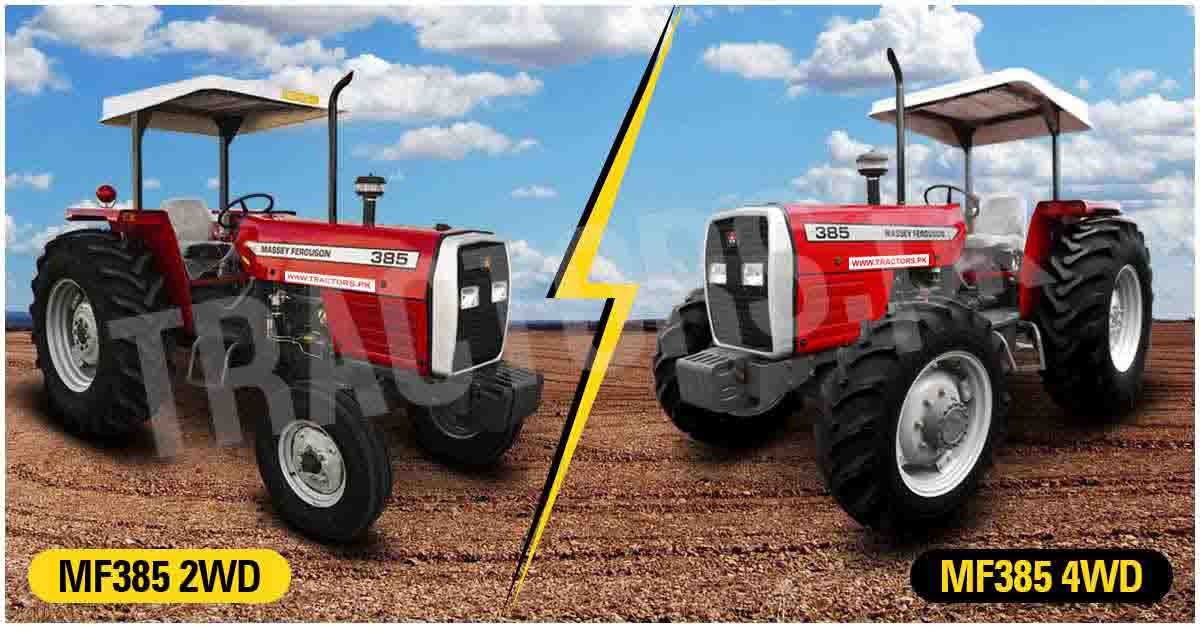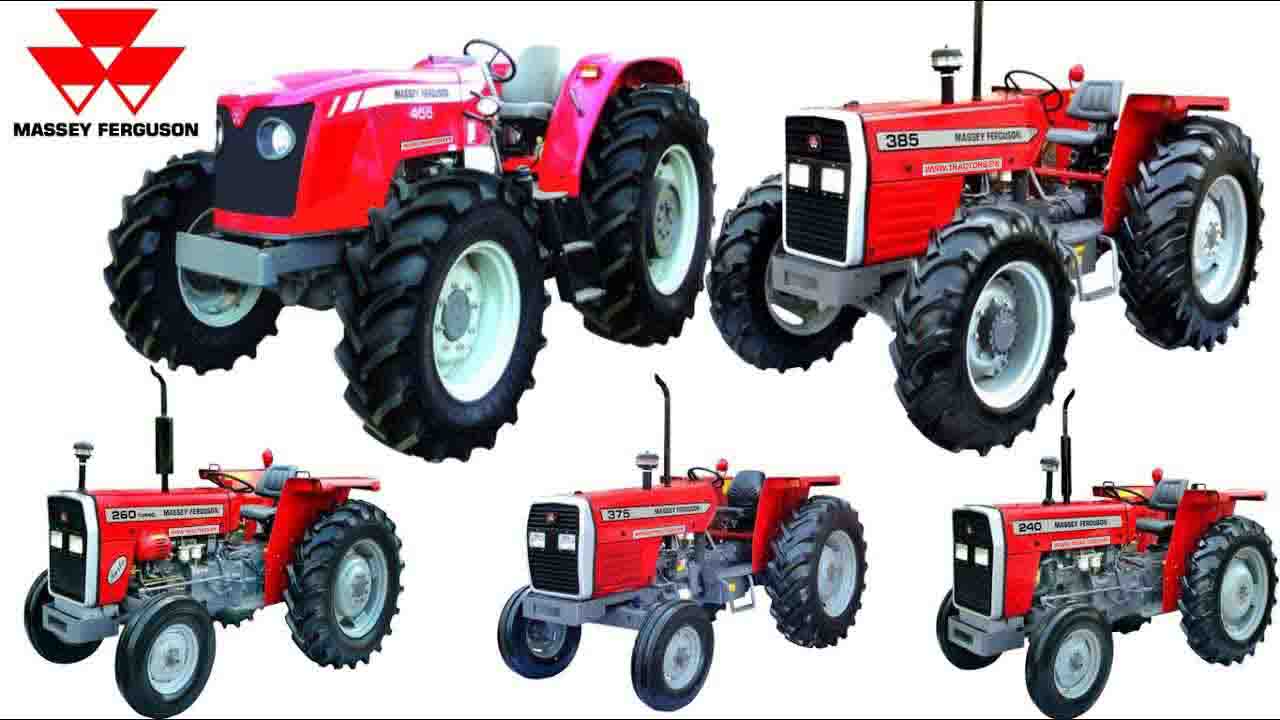What is a Tractor?
A tractor is an agriculture farming vehicle designed for the purpose of mechanization of field tasks by farmers. It helps performs a huge variety of difficult tasks to get simplified for farmers with an ease of execution such as tilling, plowing, harrowing, disking, and planting. Modern Tractors are basically categorized into single axle or 2 wheel drive tractors and two axles 4 wheel drive tractors. Let us describe the sheer difference between these two kinds of compact tractors:
2 Wheel Drive Tractor
2-Wheel Drive Tractor is generally used in dry farming conditions as well as for the purpose of field farming transportation. It is operated with a self-powered and propelled single axle which can easily carry all different kinds of attached farming implements such as trailer, cultivator, seeders, and harvesters. These kinds of tractors are capable of dragging various types of implements in agriculture production including rotary tiller, mouldboard ploughs, disc ploughs, rotary tillers, seeders, and transplanters. It usually comes with a specified range of 5 hp to 200 hp and utilizes most of the weight on the rear axle for increased traction. The key benefit of having a 2-wheel drive tractor is a small turning cycle, ease of design, and affordable purchase value for farmers. The disadvantage of a 2-wheel drive tractor is the incapability to perform in wet, slippery, and muddy conditions.
4 Wheel Drive Tractor
4 Wheel Drive Tractor is a robust and rugged designed tractor vehicle ideal for its dynamic movement of all four wheels and provides increased tractors with a huge pulling capacity of the wide variety of attached implements. It helps provides ease of cultivation in less time period by reducing manual labor and per capital cost. It also provides high fuel-efficiency with less wear and tear of tires and carries the maximum load by balancing weight in equal proportions on front and rear axles with stable steering control and maximum pulling power. It is an excellent choice for farmers to provide a smooth drive in all kinds of harsh conditions. Comparison, it is concluded that 4-Wheel Drive is much better and efficient in terms of performance and provides quicker farming results in less time. It provides greater flexibility of operations with implements attachments for maximum traction for farmers to yield excellent productivity in agriculture farming.

